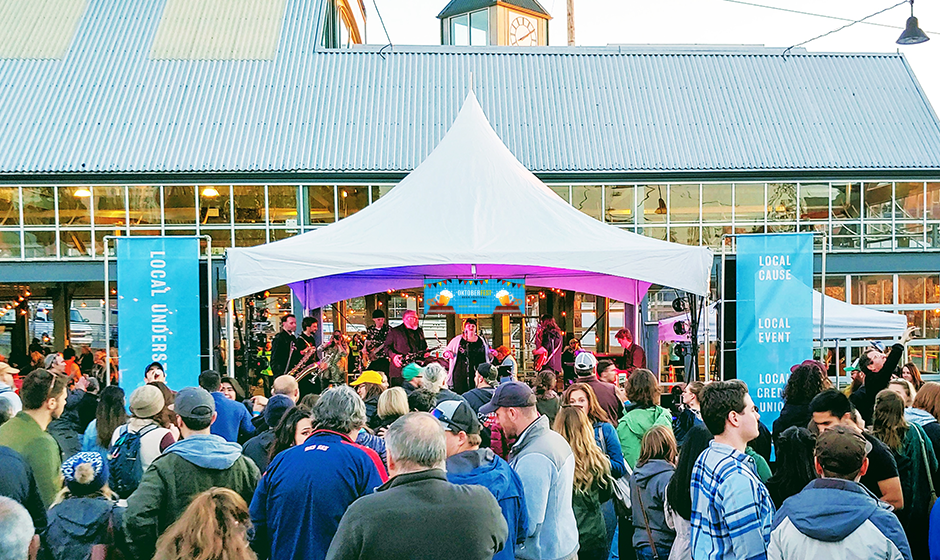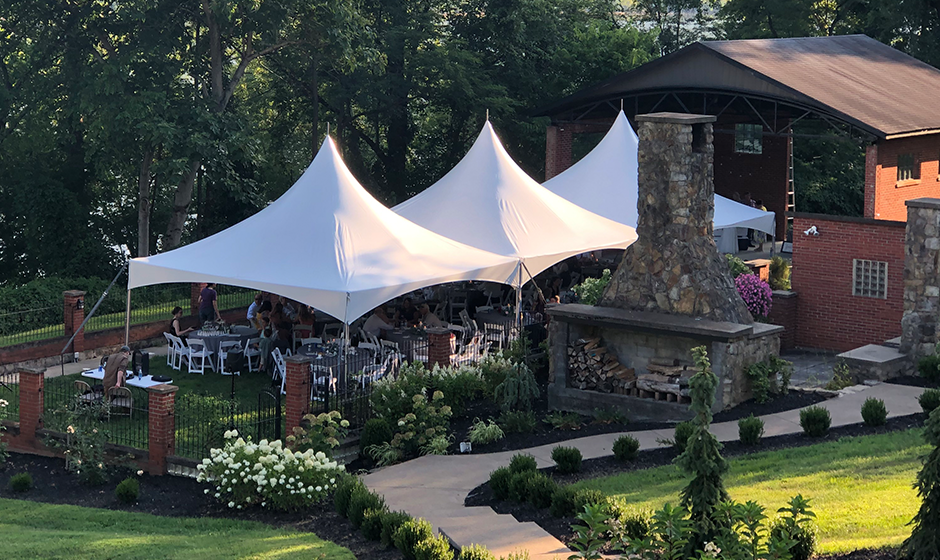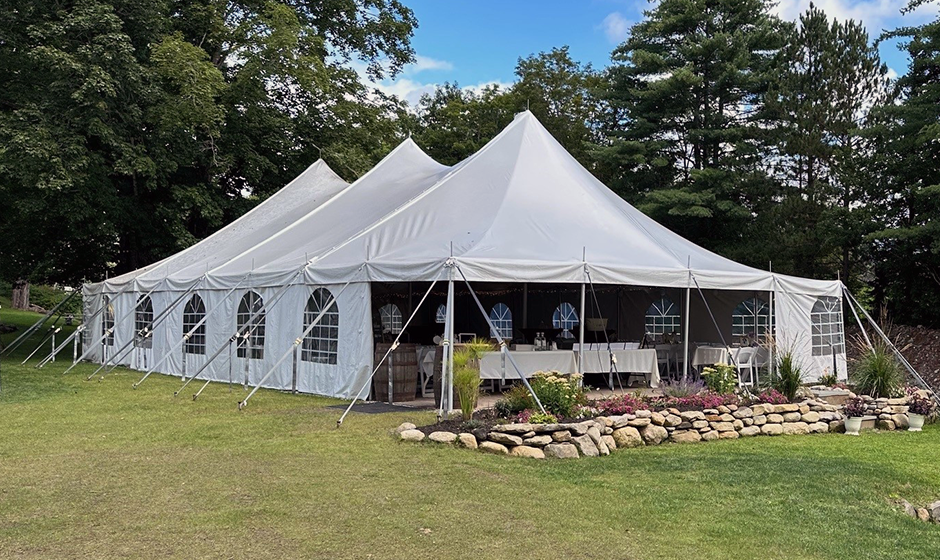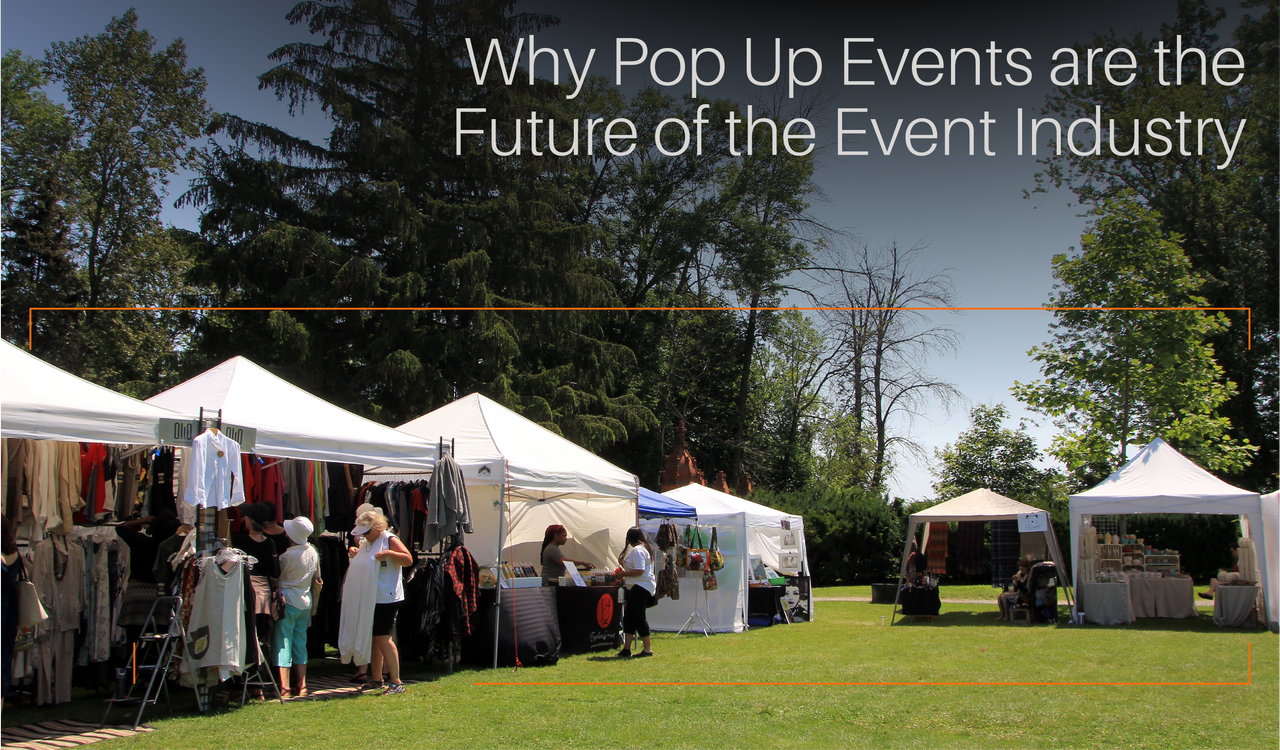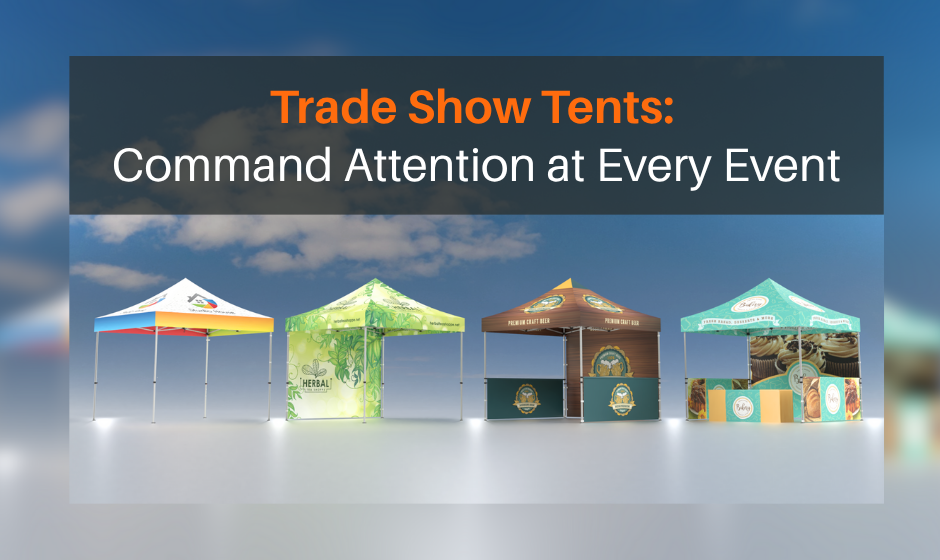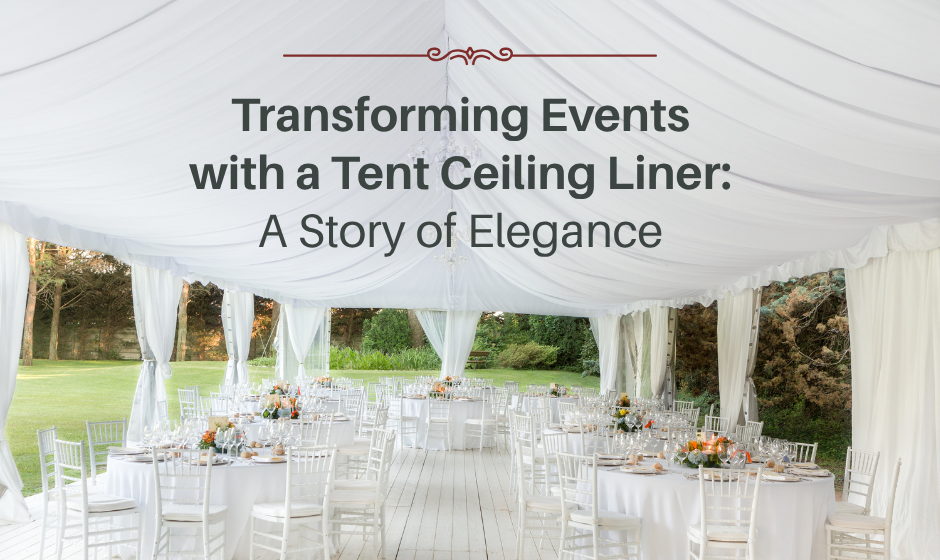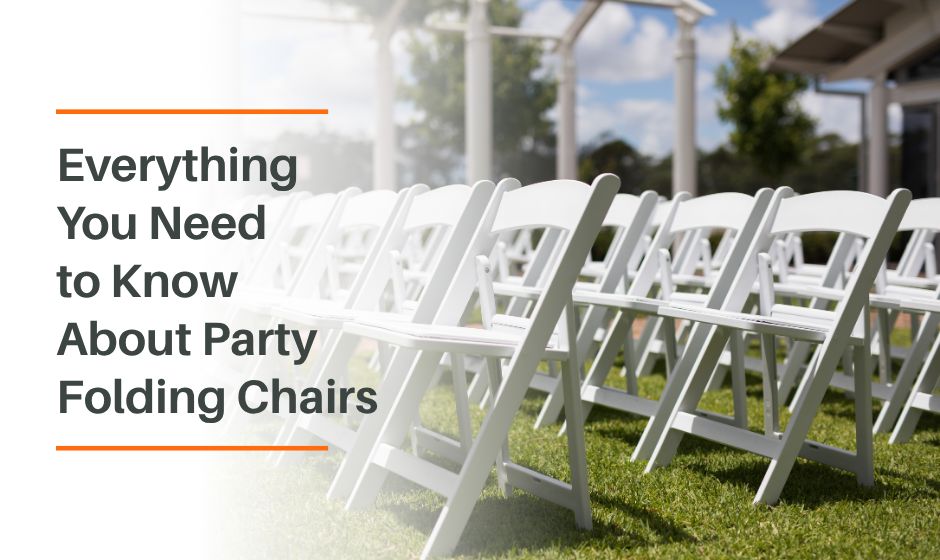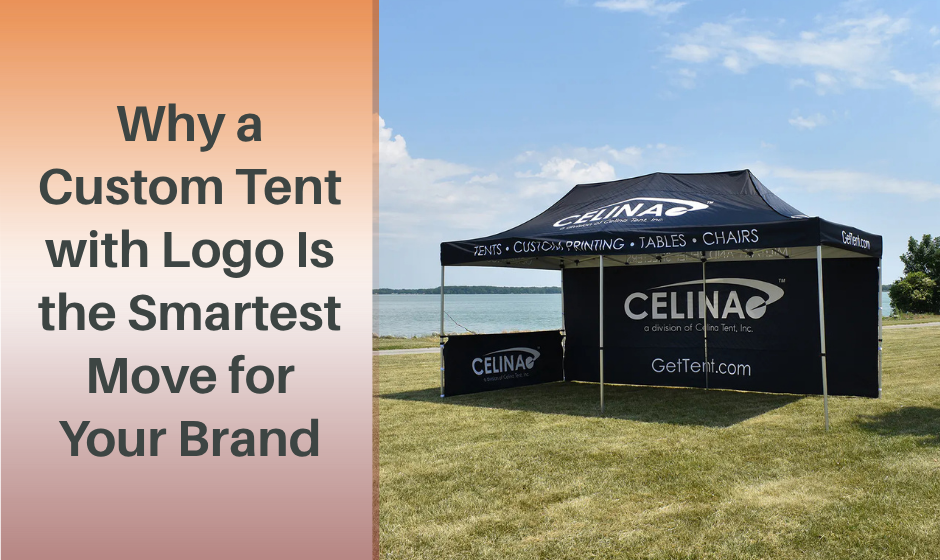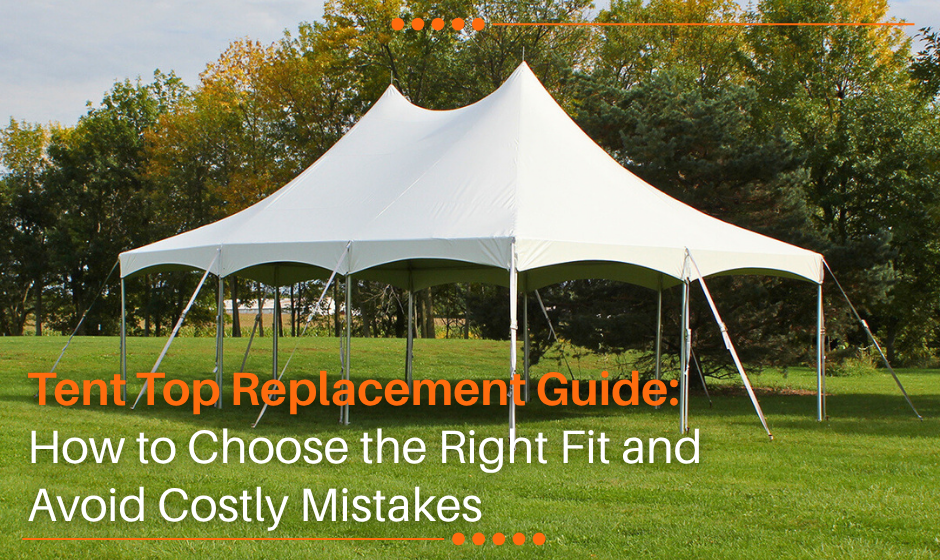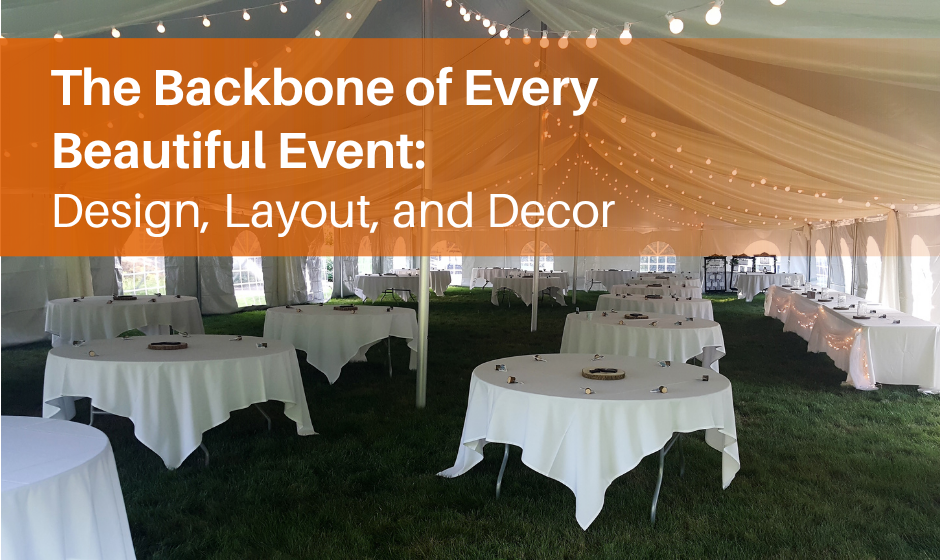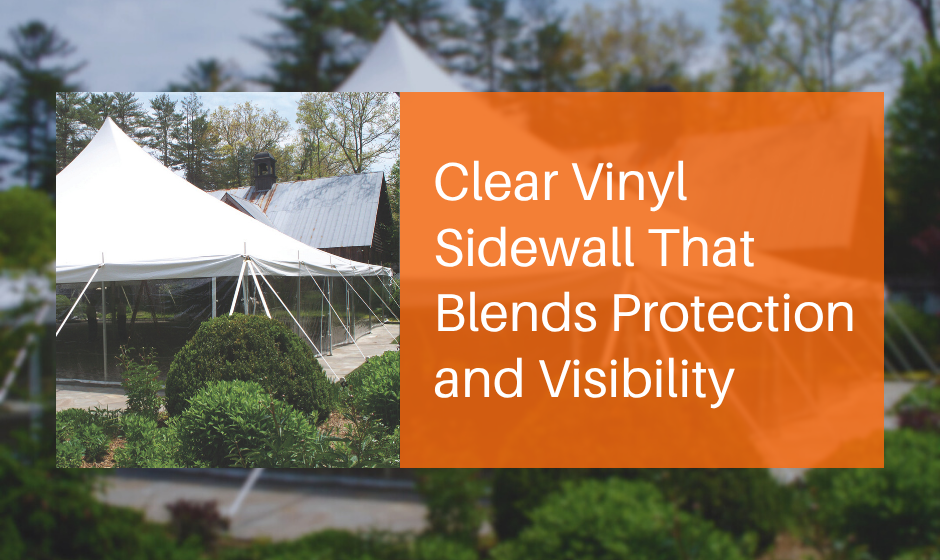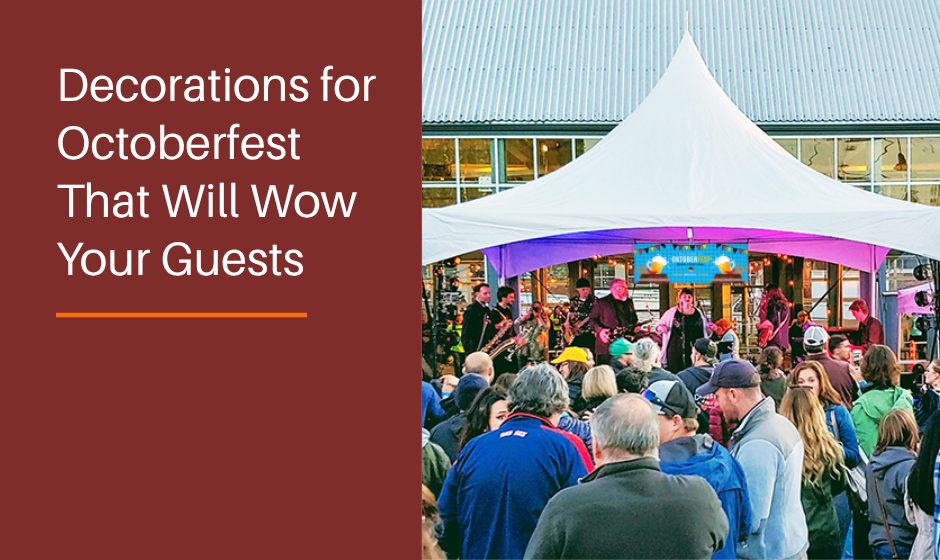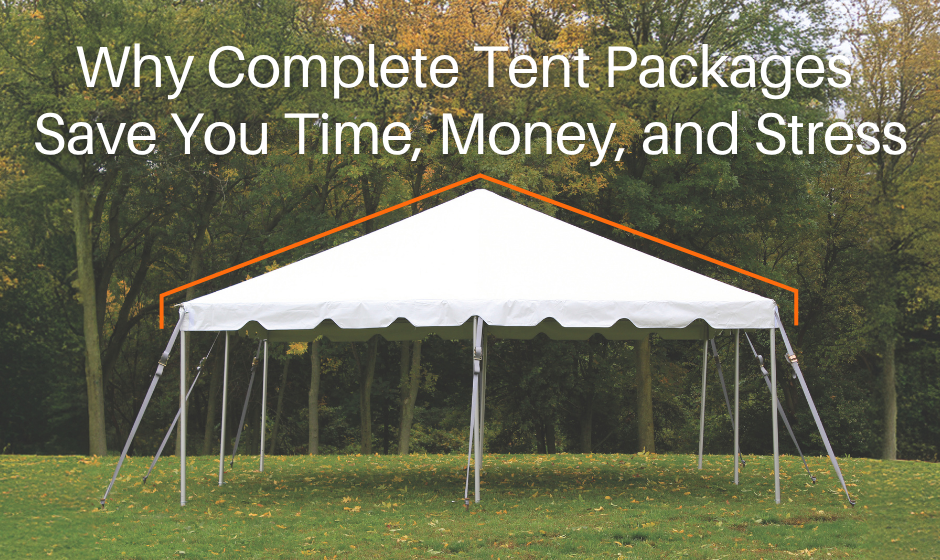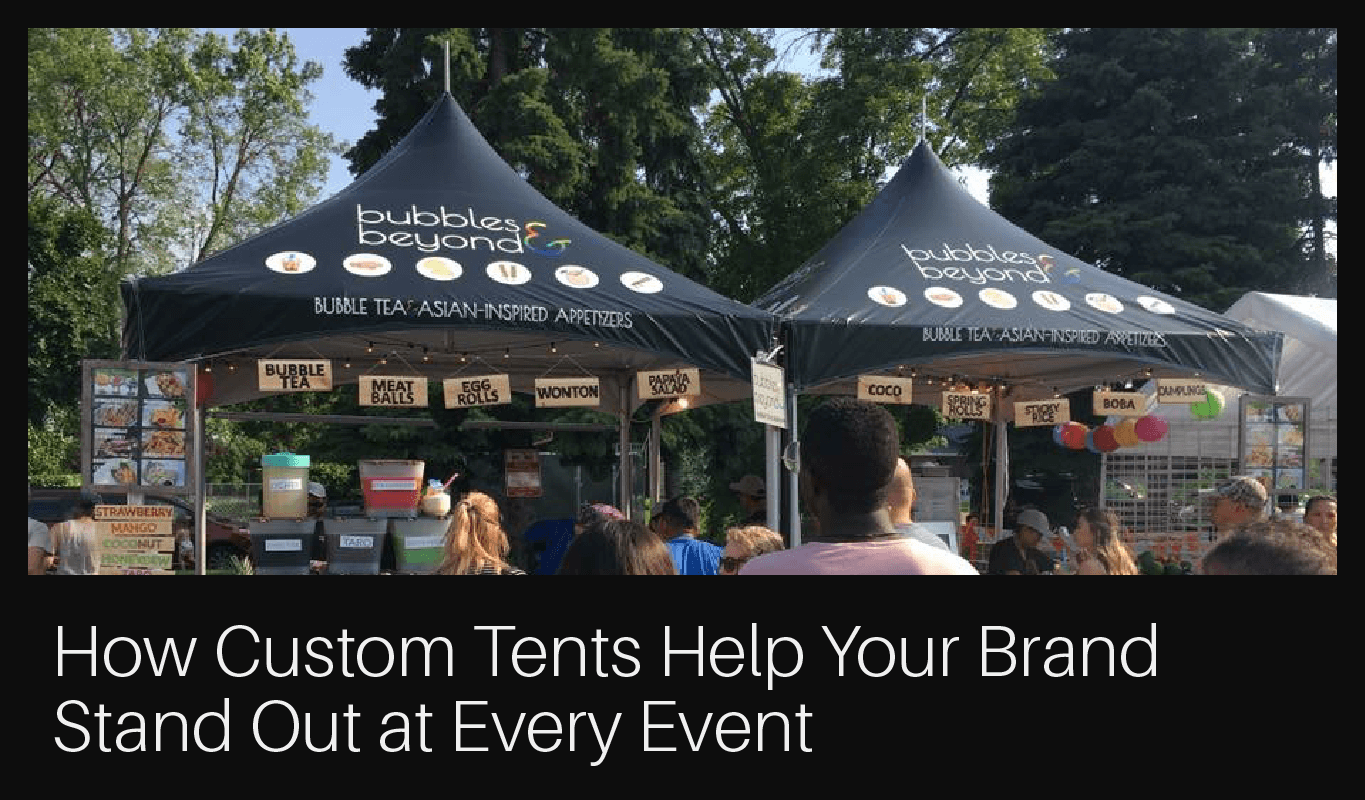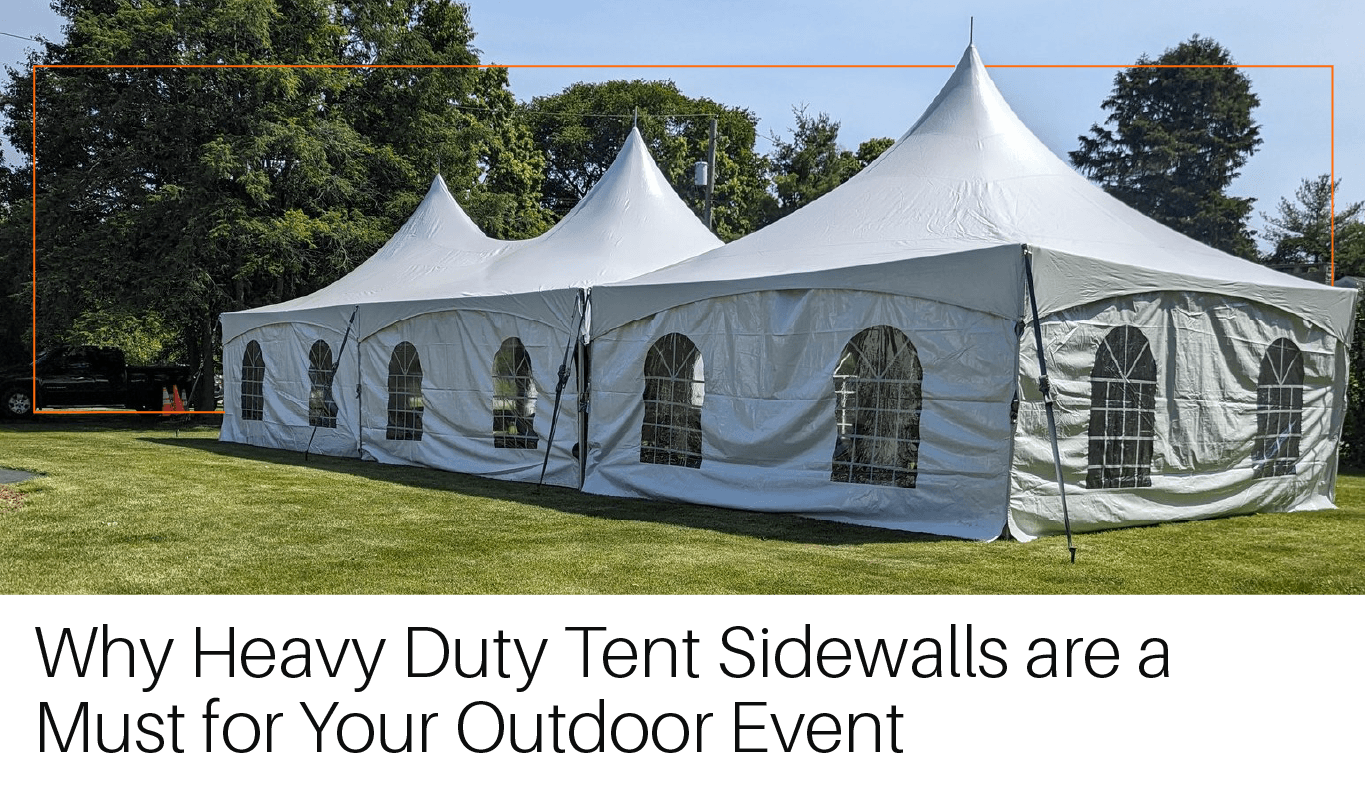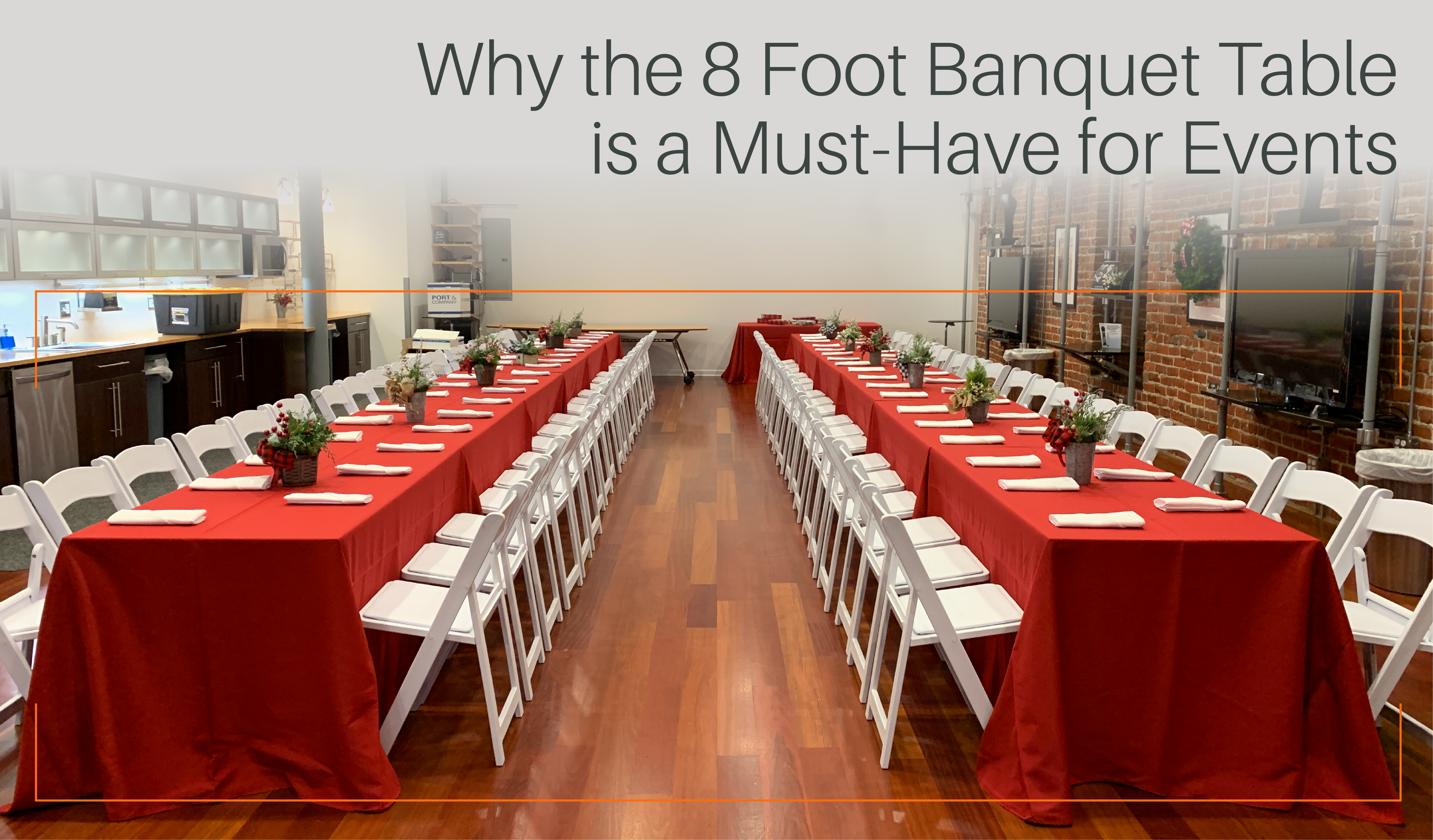Why Pop Up Events Are the Future of the Event Industry
When today’s creators talk pop up events, they’re speaking the language of spontaneity, creativity, and brand connection. No longer just a buzzword, pop ups combine temporary installations, immersive experiences, and flexible venues—all driven by a desire for authenticity and innovation. With millennials and Gen Zers leading the charge, one thing is clear: pop up events aren’t a fad—they’re the future.
What Makes Pop Up Events Stand Out
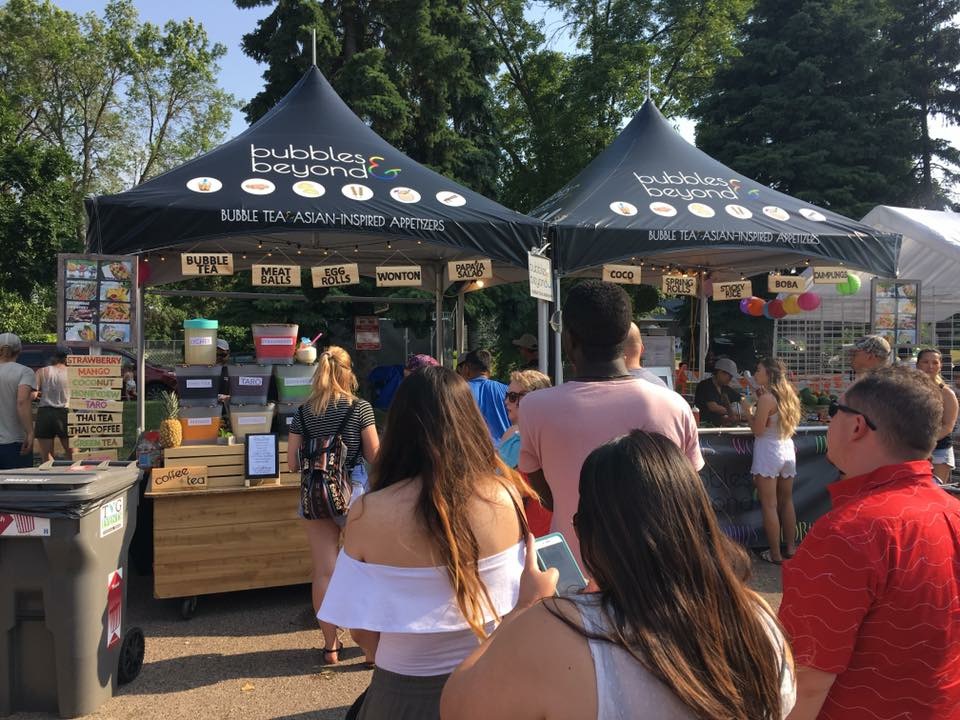
Pop up events carve out space in a crowded world by offering something unexpected. Think one-night art shows in empty warehouses, coffee tastings in city parks, or product launches in converted alleyways. Unlike traditional events that require large budgets, long lead times, and permanent venues, pop ups thrive on affordability, agility, and memorability.
Key elements of successful pop up events include:
- Temporary Structure or Venue: from rented tents and tables to transformed urban spaces
- Innovative Design: lighting, branding, décor, and immersive elements
- On-the-Fly Logistics: rapid deployment, modular setups
- Shareable Moments: optimized for social media and on-site engagement
The Rise of the Pop Up Event Company
At the core of the movement are modern companies built around the pop up concept. These businesses go beyond traditional rentals—tents, tables, chairs, sidewalls—and infuse each event with branding, storytelling, and mobile-first design.
They serve clients who want to create buzz and build emotional connections. Think handcrafted backdrops, interactive photo ops, or surprise performances—all executed in a single evening.
CELINA Team Insight: The success of a pop up comes down to speed, structure, and style. With modular canopies and easy-to-transport equipment, you can transform any space into a branded experience within hours.
Benefits That Drive Popularity
Speed and Flexibility
Forget booking venues months in advance. Pop up events can be executed and torn down in days, giving brands the agility to stay relevant and creative.
Budget-Friendly Deployment
Short timeframes and simplified infrastructure mean standard gear like 10×10 tents, folding tables, and sidewalls go further—without compromising quality.
Community Connection
Pop ups feel personal. They generate word-of-mouth and draw curious crowds who value experience over perfection.
Pop Up Events vs. Traditional Rentals
| Feature | Pop Up Events | Traditional Rentals |
|---|---|---|
| Timeline | Days to weeks | Months of planning |
| Budget | Lower capital, fast delivery | Higher overhead, larger venues |
| Creative Expression | High—tailored, immersive | Moderate—standard setups |
| Marketing Impact | High—built for social sharing | Low to moderate |
| Client Experience | Intimate, personalized | Structured, formal |
Essential Equipment for Pop Up Success
- Pop up tents (10×10, 10×20) for quick shelter
- Folding tables and chairs for vendor or workshop setups
- Sidewalls and liners for style and weather protection
- Lighting, signage, and flooring for elevated presentation
- Branded backdrops, mobile bars, and modular seating for visual impact
Real-World Examples
- Coffee Rush Pop Up: A café takes over a city square during rush hour, serving free espresso with branded cups—launched and packed up in 24 hours.
- Guerrilla Sneaker Launch: A footwear brand transforms a warehouse into an immersive, art-driven showcase—no long-term lease required.
- Maker Market Tent: Local artists and vendors collaborate under connected canopies—fast setup, maximum exposure.
How to Get Started
- Treat Every Event Like a Prototype: Start small, test fast, iterate.
- Invest in Versatile Equipment: Modular tents, tables, and wrap-ready gear make all the difference.
- Tell a Story: Every pop up should have a clear narrative—make it visual.
- Use Modular Layouts: Combine simplicity with speed; a tent + table combo beats complex setups.
- Market with Urgency: Play into the “now or never” mindset—limited time creates instant buzz.
Challenges to Prepare For
- Logistics: Permits, access, and insurance may be required on short notice.
- Weather: Always plan for wind, rain, or heat with proper anchors and ventilation.
- Staffing: Your team should assemble fast and pack down faster.
- Waste: Account for cleanup and sustainable disposal.
Why the Trend Keeps Growing
Modern audiences crave originality and live connection. Pop up events deliver both—authentic, fleeting moments that are made for sharing and remembering. For brands and planners, they offer creative freedom on a reasonable budget with measurable results.
The Future: Pop Ups Everywhere
From rooftops and alleyways to beaches and parking lots—pop ups are redefining where and how events happen. Expect to see them influencing retail launches, wellness classes, and mobile brand activations across every major city.
Connect with the Pop Up Ecosystem
If you're ready to join the movement:
- Audit your current event gear: what’s portable and modular?
- Add essentials: 10×10 canopies, branded sidewalls, signage
- Train your crew for fast, flexible setups
- Offer bundled pop up packages for turnkey service
Parting Thoughts
Pop up events aren’t a passing trend—they represent a shift in how people connect and experience brands. They value flexibility, storytelling, and authenticity. For event professionals, this is the opportunity to evolve—taking the best of traditional rentals and adapting it to a faster, more creative era.
FAQ: Pop Up Events
What is a pop up event?
A pop up event is a short-term activation—retail, art, food, or brand experience—set up quickly in a temporary space. It prioritizes agility, creativity, and high-impact engagement.
At CELINA, we supply the fast-deploy gear pop ups rely on—10x10/10x20 canopies, folding tables/chairs, sidewalls, lighting, branding, and turnkey kits.
How long does it take to set up a pop up?
Most small pop ups can be installed in 30–90 minutes with a 2–3 person crew. Larger builds may need a few hours. CELINA pop up tents use tool-free frames, quick-fit tops, and labeled bags so crews hit show-ready fast—even on tight schedules.
What equipment do I need for a pop up?
Common essentials: canopy tent, weights/anchoring, tables, chairs, sidewalls, signage, lighting, and a POS/power plan. CELINA bundles these into modular kits (canopy + ballast + tables/chairs + sidewalls + lighting) so you order once and roll in ready.
What size tent is best for a pop up?
10x10 is the standard for single-vendor footprints; 10x20 suits product demos, sampling, or dual stations.
CELINA stocks pop up, high-peak, and frame options in both sizes (and beyond) plus gutters to connect units for scalable layouts.
Do I need permits for a pop up event?
Often yes—cities may require temporary use permits, fire-retardant certification, and proof of insurance.
CELINA provides flame-retardant certificates, anchoring guidance, and spec sheets to help you pass inspections the first time.
How do I anchor a tent if staking isn’t allowed?
Use approved ballasts (weight bags, concrete blocks, or water barrels) per manufacturer specs and wind guidance. CELINA offers engineered ballast charts, weight kits, and training content so your setup stays compliant and secure on pavement.
What’s the best way to brand a pop up tent?
Printed canopies, valance logos, backwalls, feather flags, and table throws create instant visibility.
CELINA’s in-house print team handles color-matched canopies, full-bleed walls, and rush timelines—plus replacement tops when you rebrand.
How do I handle weather at outdoor pop ups?
Plan for wind (ballast), sun (white tops, shade walls), rain (gutters/sidewalls), and heat (fans/vented canopies). CELINA kits include sidewalls, gutters, vented tops, and rated anchoring—plus quick-clip hardware for rapid pivots between conditions.
How can I power a pop up event?
Options include batteries, generators, or venue power for lighting, POS, and small A/V.
CELINA pairs LED lighting with low-draw adapters and offers cable management and layout tips to keep installs neat and safe.
Are pop up events profitable?
They can be—low overhead and high visibility make them great for testing markets and driving social buzz.
CELINA’s durable, re-usable gear lowers long-term costs; our bundles and volume pricing help rental pros and brands improve ROI season after season.




